Funnels are important pieces of apparatus in any chemistry laboratory and serve many purposes ranging from filtration and decantation to precise liquid transfers. As a chemist, understanding the different types of funnels and their applications is crucial for efficient and accurate experimental procedures. Here are the most common types of funnels you will find in most labs today.
1. Normal Filter Funnels
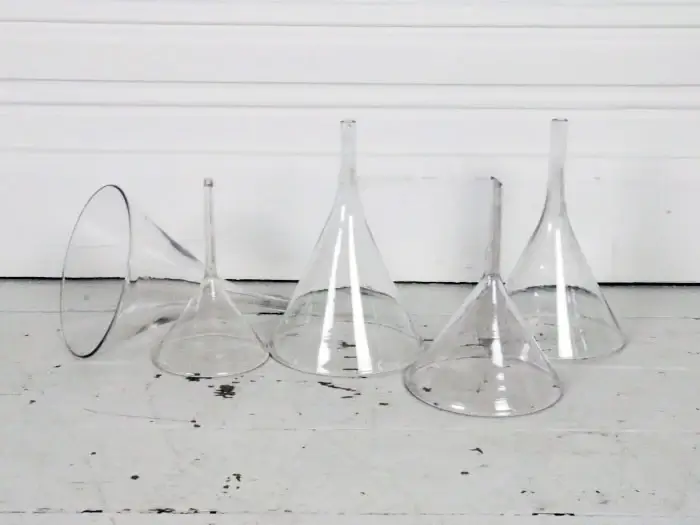
These are standard funnels that are used for simple filtration processes where filter papers are placed inside to separate solids from liquids. They are commonly used for gravity filtration, where the liquid passes through the filter paper under the force of gravity while retaining the solid particles.
2. Powder Funnels
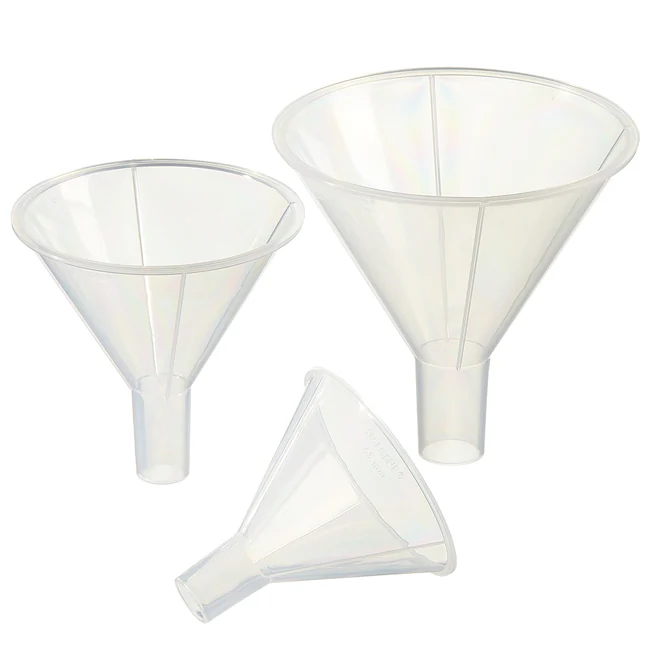
These are similar in design to Normal filter funnels above but have wide, short stems and larger openings, making them suitable for transferring dry powders or granular substances into containers without spillage.
3. Thistle Funnels
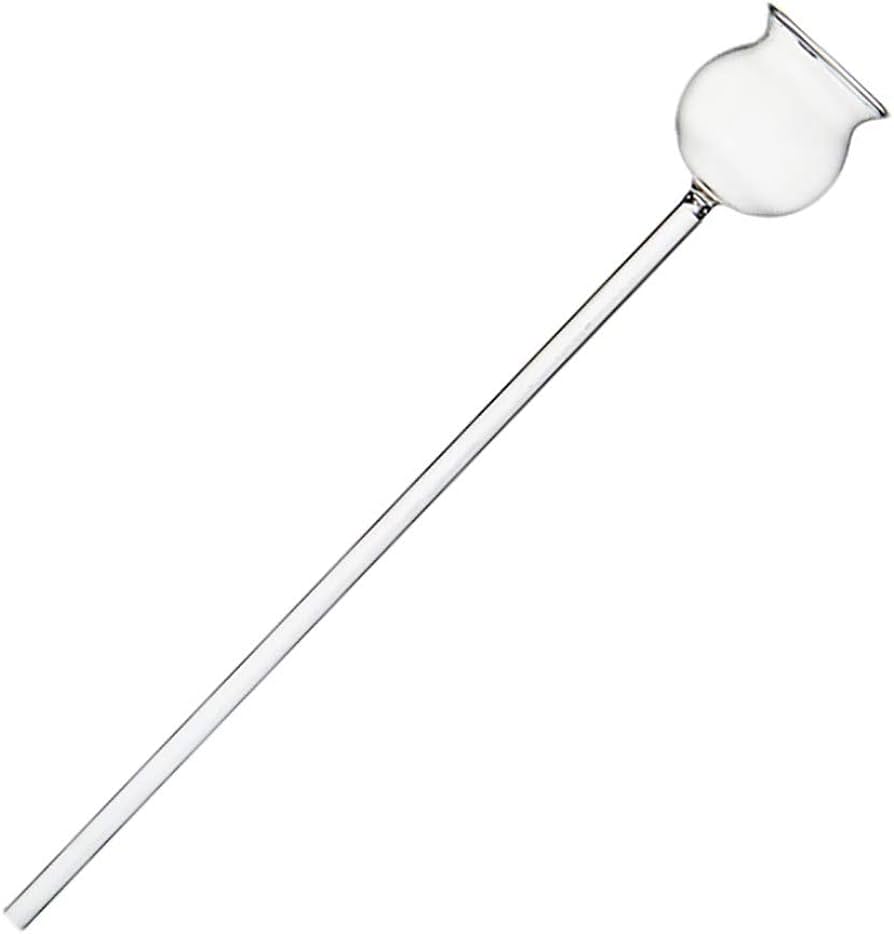
Thistle funnels are used for adding liquids drop by drop to reactions or apparatus, providing precise control over the addition of reagents. They are commonly used in titration experiments or when adding small volumes of liquid to reactions. They are designed with long and thin tube shafts to allow for easy insertion into small holes that are common in some stoppers. Some come with taps.
4. Büchner Funnels
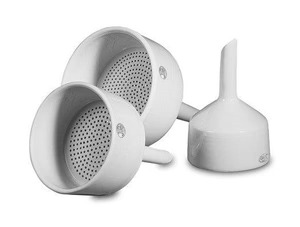
Büchner funnels are used in vacuum-assisted filtering and separation of precipitates or collection of solid residues from liquid mixtures. They are commonly used in combination with a Büchner flask and vacuum filtration setup.
The liquid to be filtered or separated is forced through a filter paper placed over the small holes at the top of the funnel. The liquid is scooped by the suction vacuum attached to the side of the Büchner flask while solid residue or precipitate remains in the funnel.
See a Büchner funnel and Büchner flask in use in the video below:
5. Hirsch Funnels
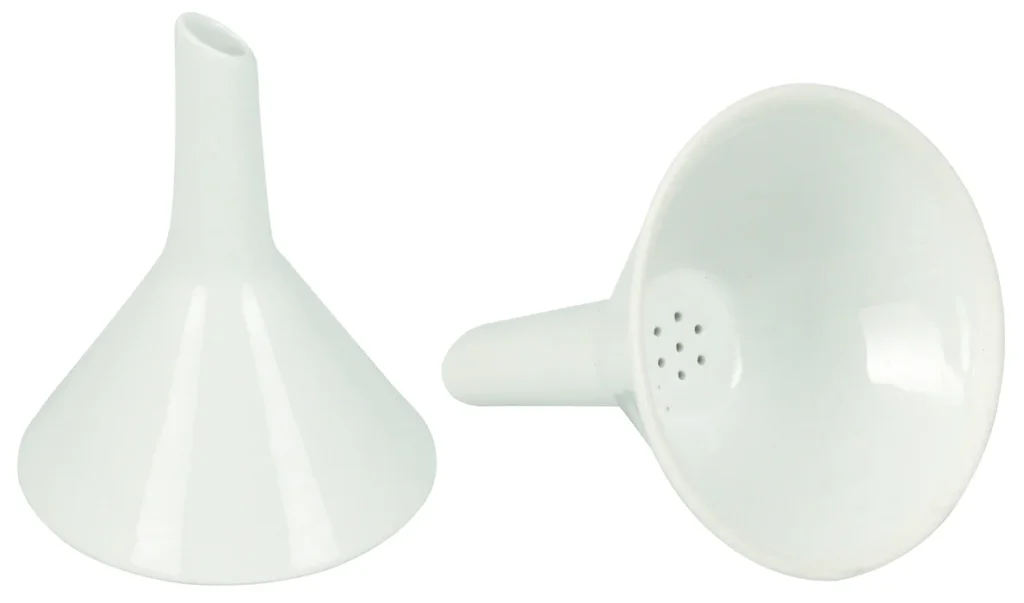
Hirsch funnels are similar in design to Büchner funnel. As you can see, like the Büchner funnel, the Hirsch funnel features a perforated plate or fritted glass for filtration purposes. But it is distinguished by its smaller size and unique shape. Unlike the Büchner funnel, the Hirsch funnel features outward-angled walls and is relatively compact in size. This makes it particularly useful for separating solids from small volumes of liquid. Typically, it is employed for handling small quantities ranging from 1 mL to 10 mL.
See a Hirsch funnel in use in the video below:
6. Separatory Funnels
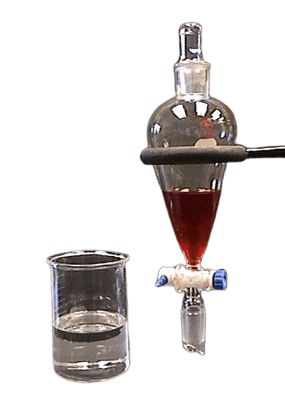
Also called separation funnel or separating funnel, separatory funnels are used to separate immiscible liquids with different densities, allowing for the isolation of specific immiscible liquid or components from a mixture.
The denser liquid sinks to the bottom of the funnel and is drained through the stopcock valve at the bottom of the funnel away from the less dense liquid which remains in the separatory funnel.
See a separatory funnel in use in the video below:
7. Dropping Funnels

Dropping funnels, also known as dropping bottles or addition funnels, are used for adding liquids to a reaction or apparatus slowly and steadily or drop-wise. Steady addition of reagents prevents side reactions in reactions that are too vigorous.
They are similar in design and shape to separatory funnels. In fact, separatory may sometimes be used as dropping funnels. The key distinguishing feature of a dropping funnel is the presence of a ground glass joint at the bottom, which allows it to securely fit onto a round-bottomed flask. In contrast, separatory funnels lack this ground glass joint and instead feature narrow tubes that can be inserted into rubber stoppers.
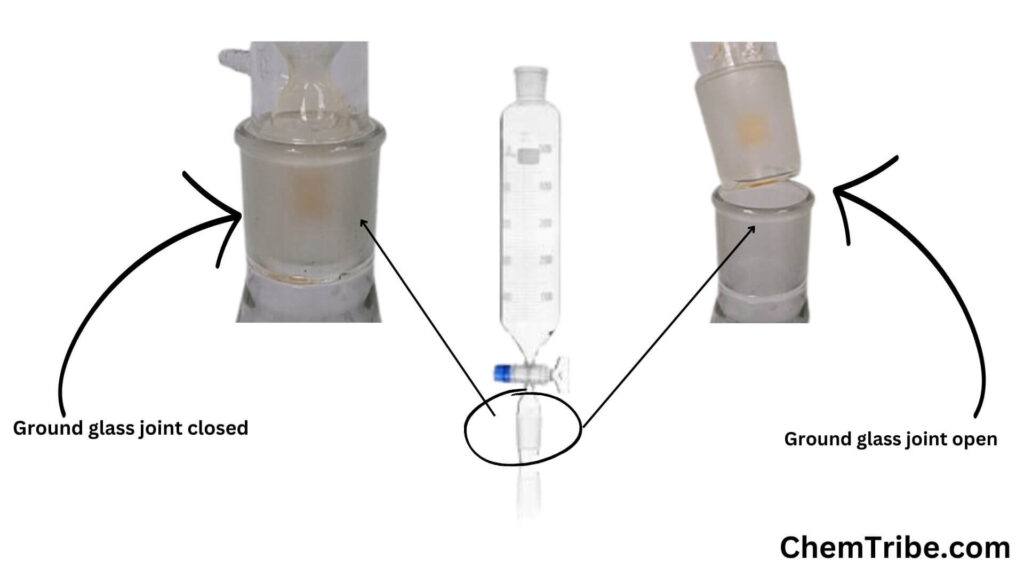
Some dropping funnels also have a narrow-bore glass tube or side arm that extends upward from the main funnel body. Precisely, they are called Pressure-equalizing dropping funnels. The side arm or narrow-bore glass tube is meant to maintain a constant pressure within the funnel. It allows for the release of any pressure buildup that may occur during the addition of reagents. This prevents sudden changes in pressure that could disrupt the reaction or cause splashing. Pressure-equalizing dropping funnels are particularly useful in reactions where gases are evolved or when working under reflux conditions.

See a dropping funnel in use in the video below:
8. Pressure-Equalizing Dropping Funnel

A specialized funnel designed for the controlled addition of liquids while maintaining pressure balance. Its key feature, a sidearm (pressure-equalizing tube), connects to the reaction vessel, preventing sudden liquid flow or back-bubbling. This makes it particularly useful for reactions involving gases or volatile substances.
Further Reading: Pressure-Equalizing Dropping Funnel: Description, Uses, & Maintenance
9. Glass Weighing Funnels
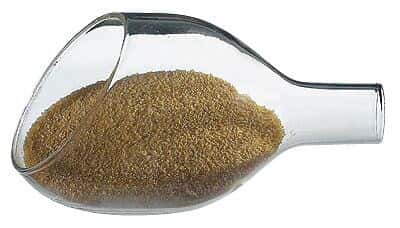
Glass weighing funnels are used for accurately transferring and weighing solid substances, especially powders or fine particles. They are designed with one flat side to provide stability, preventing the funnel from rolling off the weighing pan during use. The flat sides also ensure precise measurements and minimize the risk of spills or errors. They are also designed to fit into various types of laboratory glassware, such as flasks, tubes, or any narrow-necked apparatus, ensuring complete sample transfer without loss. Like most funnels in our list, they are often made from borosilicate glass to withstand the harsh conditions of chemical and temperature changes in laboratory environments.
9. Eco Funnels
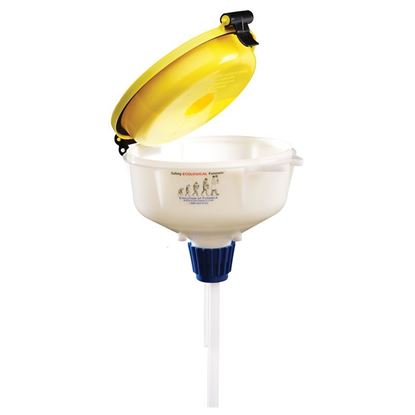
ECO Funnels are designed to help keep laboratories safer and cleaner. They stop up to 99.9 percent of the harmful chemical vapors from escaping waste containers, protecting laboratory personnel and the environment. They feature a latching lid and gasket to prevent chemical contamination of the environment. Even when the lid is open, ECO Funnels still block fumes from getting out. This makes it less likely for fires to start or for dangerous spills to happen. They’re essential for upholding lab safety and health standards and aligns with OSHA and EPA regulations.
See an Eco funnel in use in the video below:



